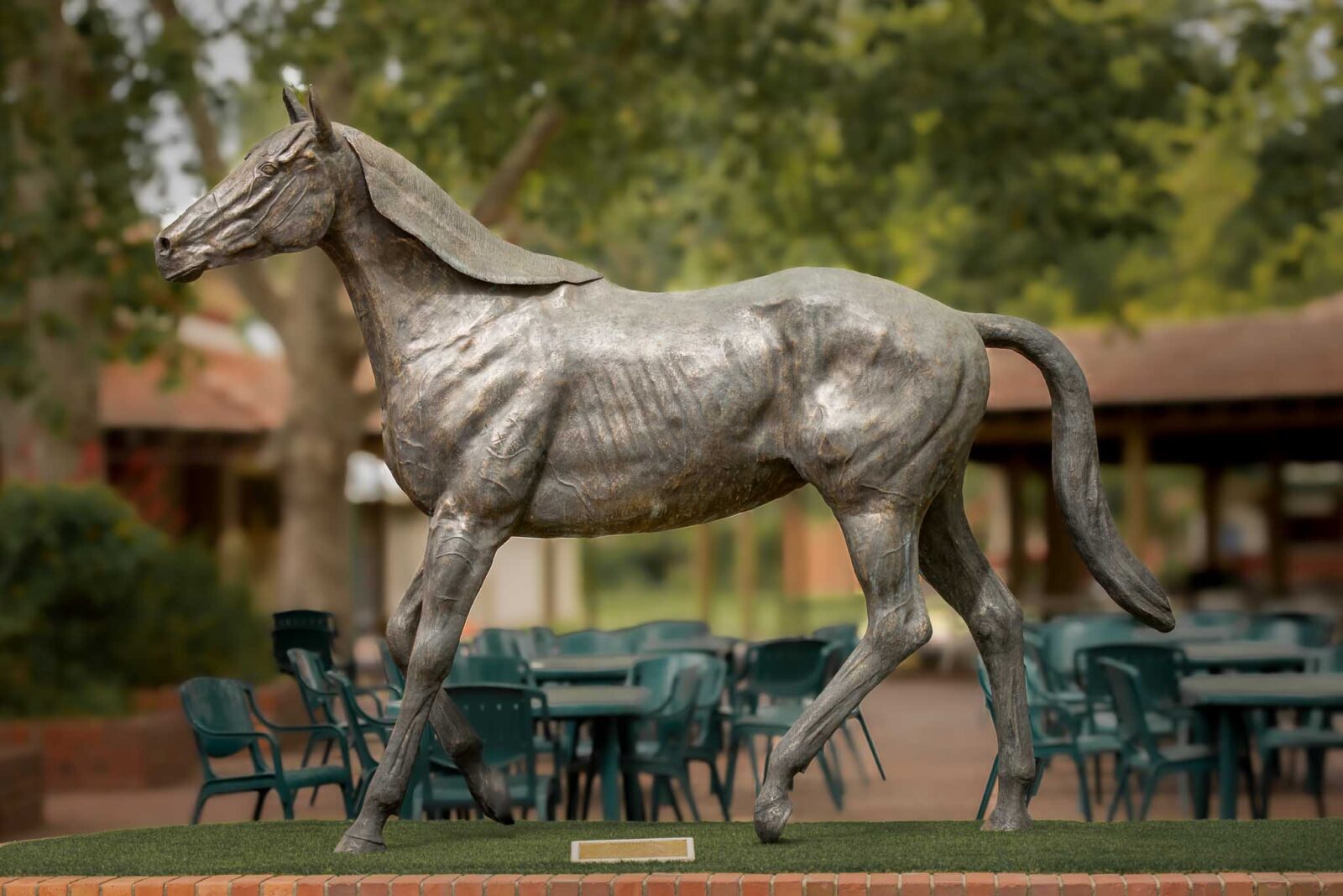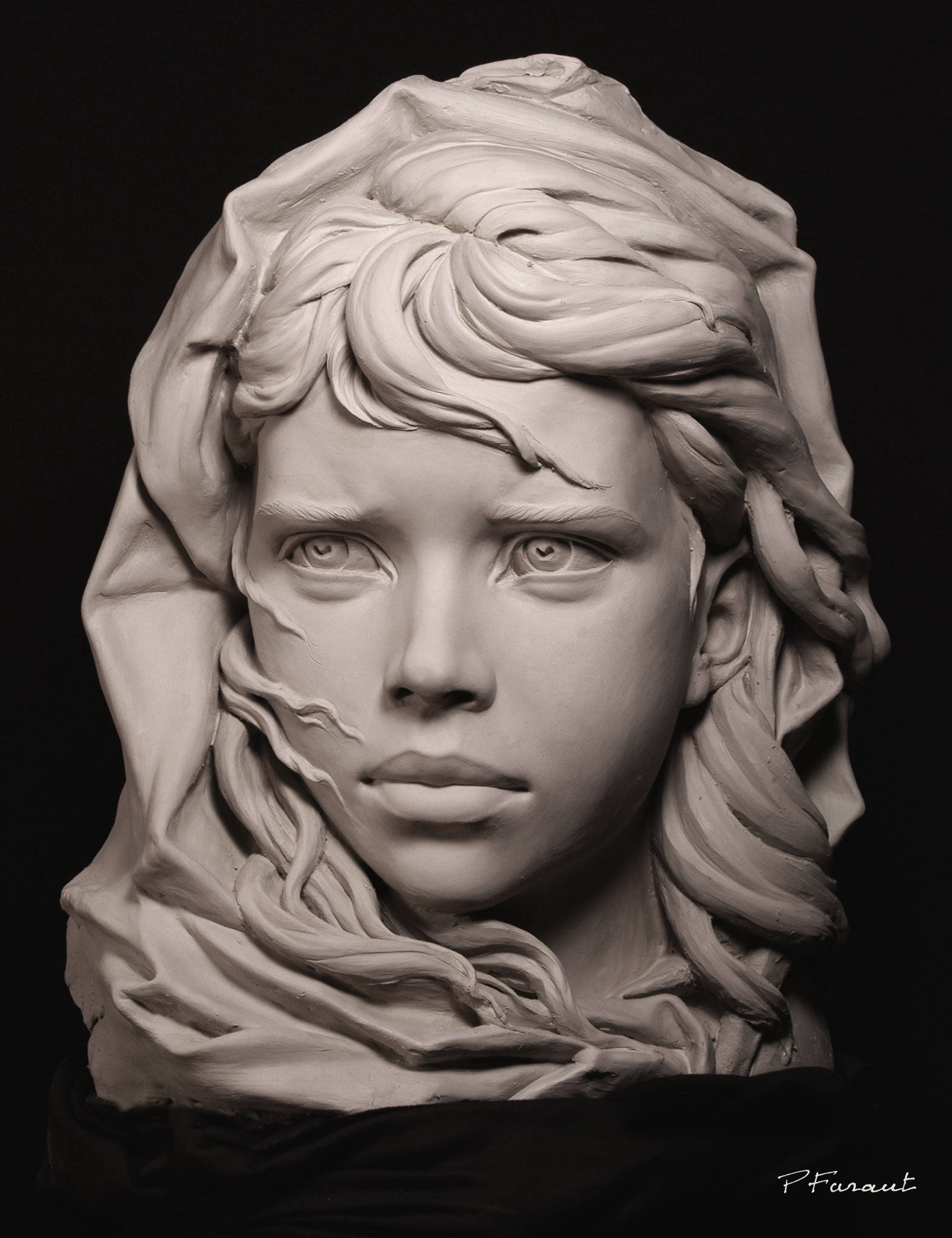Beyond Boundaries: Contemporary Sculptures Redefining Perspectives
Wiki Article
The Influence of Nature in Sculpture Art
The influence of nature in sculpture art is a subject that has captivated artists throughout history. Importance of natural elements is an additional way in which nature influences sculpture, as artists imbue their creations with the definition and associations fundamental in these elements - Robert C Hitchcock Sculptor. Eventually, sculpture art has the power to catch the transience of nature, freezing a minute in time and permitting us to value its beauty in eternity.Organic Forms and kinds
Organic kinds and forms, inspired by the detailed patterns and unified structures discovered in nature, play a crucial role in the world of sculpture art. Carvers have actually long been captivated by the elegance and complexity of the environment, discovering ideas in the elegant curves of a seashell, the delicate flowers of a blossom, or the turning branches of a tree. By copying and abstracting these organic types, artists are able to produce sculptures that evoke a sense of consistency and balance.Among the factors natural forms and forms are so common in sculpture art is their capability to link with audiences on a deep emotional level. The environment recognizes to all of us, and when we see these forms stood for in art, it evokes a sense of convenience and acknowledgment. It reminds us of our place in the grand plan of things and permits us to get in touch with something more than ourselves.
Furthermore, natural types and forms in sculpture art typically personify a feeling of motion and energy. The flowing lines and dynamic structures imitate the constant activity and growth found in nature. This produces a sense of vitality and brings sculptures to life, making them look like if they can remain to transform and evolve prior to our eyes.
Appearance and Material Exploration
A significant facet of sculpture art influenced by nature is the exploration of texture and products with using various strategies and tools. Artists often draw motivation from the diverse textures found in the environment, such as the harsh bark of a tree, the smooth surface of a pebble, or the intricate patterns on a fallen leave. By integrating these structures right into their job, carvers can produce a tactile experience for customers, welcoming them to involve with the artwork on a sensory degree.Structure can be accomplished in sculpture via a variety of approaches. Some artists pick to carve or sculpt directly right into the chosen product, creating a three-dimensional surface area that resembles the appearances discovered in nature - Robert C Hitchcock Sculptor.
Product exploration is additionally a substantial part of sculpture art influenced by nature. Artists may venture right into undiscovered territory, looking for new products that stimulate the essence of the environment. For instance, they might integrate natural environments like branches, leaves, and even soil right into their sculptures, obscuring the borders between art and the setting. Bronze Sculptures. By pushing the limits of conventional products and techniques, carvers can develop conceptually rich and aesthetically spectacular jobs that commemorate the elegance and variety of nature.
Importance of Natural Environments
The consolidation of all-natural components in sculpture art adds a layer of meaning and deepness to the art work. By using materials found in nature, artists Robert C Hitchcock Sculptor are able to imbue their creations with meaning that reverberates with audiences on an extensive level. Natural elements such as wood, stone, and plants have been made use of throughout history to share different symbolic messages.Sculptures crafted from this material can stimulate a sense of link to the earth and the cycles of life. Sculptures carved from stone can signify the ageless nature of specific concepts or concepts.
Plants and blossoms are likewise often incorporated into sculpture art, representing themes of renewal, development, and beauty. The delicate flowers and lively shades of flowers can evoke feelings of delight, while the linking branches of plants can represent interconnectedness and unity.
In addition to these natural materials, carvers might additionally utilize natural aspects such as wind, water, or fire to additionally boost the symbolic message of their art work. These components can stand for the transformative power of nature, the flow of time, or the forces that shape our globe.

Reflections of the Setting
Reflections of the Setting can be seen in sculpture art with the consolidation of natural aspects and the portrayal of ecological motifs. Artists typically attract ideas from the atmosphere, using materials such as wood, stone, or also recycled products to produce their art work. By utilizing these natural environments, they not just admire the atmosphere but also create a stronger link between the art work and its environments.Along with the materials used, sculpture art likewise mirrors the setting with the representation of environmental themes. Lots of sculptors select to illustrate pets, plants, or landscapes in their work, highlighting the appeal and fragility of the natural globe. These sculptures work as tips of the relevance of maintaining our atmosphere and the requirement for lasting methods.

In addition, environmental sculptures commonly intend to increase recognition concerning pushing environmental issues. They work as visual representations of the impact of human tasks on the setting, such as environment, deforestation, or pollution adjustment. By illustrating these issues in their artwork, sculptors hope to influence customers to do something about it and come to be extra aware of their very own environmental impact.
Recording the Transience of Nature
Sculpture artists additionally check out the impact of nature by skillfully catching the ephemeral and ever-changing aspects of the environment. Through their virtuosity, these musicians aim to depict the fleeting elegance and transience of nature, stimulating a feeling of marvel and contemplation in viewers.One way in which sculpture musicians record the transience of nature is by utilizing products that are themselves subject to degeneration and change. Artists may pick to function with natural products such as fallen leaves, blossoms, or wood, which normally weaken over time. This purposeful selection highlights the impermanence of nature and reminds us of the unpreventable cycle of life and death.
Furthermore, sculpture musicians often employ strategies that develop a feeling of movement and fluidity in their job. By incorporating moving lines and vibrant forms, they convey the ever-changing nature of the environment. This can be seen in sculptures influenced by wind, water, or the growth of plants, where the artist looks for to capture the significance of constant motion and improvement.
Moreover, some musicians select to produce site-specific or momentary installments that interact with the setting. These ephemeral sculptures, made from products such as sand, light, or ice, are purposefully made to gradually alter or vanish in time. By embracing the transient nature of their creations, musicians welcome audiences to reflect on the short lived beauty of the all-natural globe and the brevity of human presence.

Verdict
In conclusion, nature has an extensive impact on sculpture art (Portrait Sculptor). Structure and product exploration further enhance the connection to nature, as artists frequently incorporate natural products into their sculptures.
Symbolism of natural components is another way in which nature affects sculpture, as artists imbue their productions with the meaning and organizations integral in these components.A considerable facet of sculpture art affected by nature is the expedition of texture and products with the use of different techniques and tools (Bronze Sculptures).Product expedition is additionally a considerable part of sculpture art influenced by nature.One means in which sculpture artists catch the transience of nature is by making use of materials that are themselves subject to degeneration and modification. Texture and product exploration further enhance the connection to nature, as artists often include all-natural materials into their sculptures
Report this wiki page